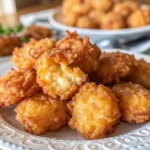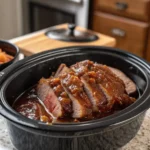Towels are far more than simple fabric rectangles. Those seemingly decorative lines are actually a masterpiece of textile engineering, combining function, durability, and design in ways most people never realize. From enhancing water absorption to maintaining structural integrity, every line and weave tells a story of innovative craftsmanship.
Contents
- 1
- 2 Absorbency: The Primary Purpose of Towel Lines
- 3 Tread Lines: The Unsung Heroes of Towel Durability
- 4 Dobby Weave: Precision Engineering in Textile Production
- 5 Dobby Borders: Where Aesthetics Meet Functionality
- 6 The Engineering Behind the Design
- 7 Why These Details Matter
- 8 Choosing the Right Towel: What to Look For
- 9 Conclusion: Appreciating the Unseen Craft
- 10 Frequently Asked Questions
Absorbency: The Primary Purpose of Towel Lines
The intricate lines on bath towels are not random decorative elements—they’re carefully designed features that dramatically improve towel performance. These strategic lines increase the towel’s surface area through specialized weaving techniques, allowing the fabric to absorb and wick away moisture more efficiently.
By creating microscopic channels and textural variations, manufacturers can:
- Maximize water absorption
- Improve air circulation during drying
- Create visual guides for folding and hanging
- Enhance the overall tactile experience of the towel
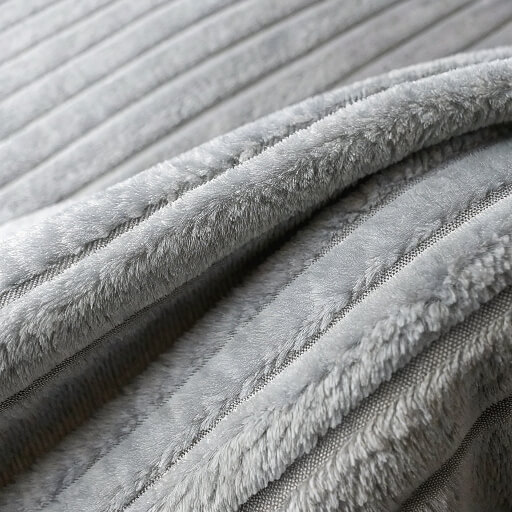
Tread Lines: The Unsung Heroes of Towel Durability
Tread lines are more than aesthetic touches—they’re structural reinforcements that protect your towel’s integrity. These raised, carefully woven lines serve multiple critical functions:
- Prevent fabric fraying
- Maintain towel thickness
- Distribute stress across the fabric
- Preserve the plush feel even after multiple wash cycles
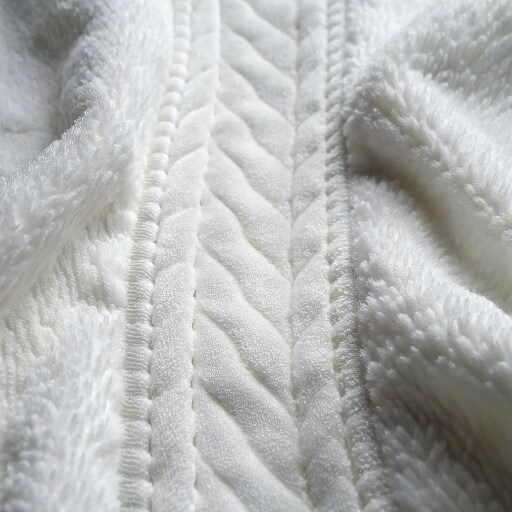
Dobby Weave: Precision Engineering in Textile Production
The dobby weave represents a pinnacle of textile manufacturing precision. This sophisticated weaving technique creates small, geometric patterns that do far more than simply look attractive:
- Creates a stable, tight fabric structure
- Prevents stretching and distortion
- Maintains the towel’s original shape
- Provides visual and textural interest
Key Characteristics of Dobby Weave:
- Geometric pattern integration
- Enhanced fabric stability
- Improved resistance to wear and tear
- Consistent texture and appearance
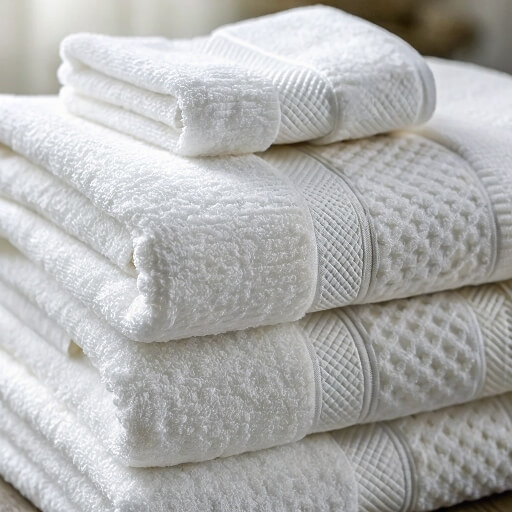
Dobby Borders: Where Aesthetics Meet Functionality
Those decorative bands at the towel’s edges are engineering marvels in their own right. Dobby borders:
- Provide additional edge strength
- Prevent unraveling
- Act as a protective frame
- Add a sophisticated visual element
The Engineering Behind the Design
Modern towel manufacturing combines:
- Advanced textile technologies
- Precise weaving techniques
- Material science insights
- Aesthetic design principles
Each line, weave, and border represents careful consideration of:
- Water absorption capabilities
- Durability requirements
- User experience
- Long-term performance
Why These Details Matter
Understanding towel design reveals the incredible thought process behind everyday objects. These aren’t just pieces of fabric—they’re the result of generations of textile innovation, designed to make our daily routines more comfortable and efficient.
Choosing the Right Towel: What to Look For
When selecting towels, consider:
- Weave complexity
- Material quality
- Dobby border construction
- Surface texture
- Absorption capabilities
Conclusion: Appreciating the Unseen Craft
The next time you dry off, take a moment to appreciate the intricate engineering beneath your fingertips. Those lines represent human ingenuity, technological advancement, and a commitment to transforming mundane objects into sophisticated tools of comfort.
Frequently Asked Questions
Q: Do all towels have these lines? A: Not all towels feature complex weaving techniques, but higher-quality towels typically incorporate these design elements.
Q: How do I know if a towel has a good weave? A: Look for tight, consistent weaving, minimal loose threads, and a substantive feel when handling the fabric.
Q: Can these design features be seen in other textiles? A: Similar weaving techniques are used in various fabrics, including clothing, upholstery, and technical textiles.
Q: Do these lines affect towel softness? A: When done correctly, these design features can actually enhance softness and absorbency.
Q: How often should I replace my towels? A: High-quality towels with good weaving can last 2-3 years with proper care and maintenance.



